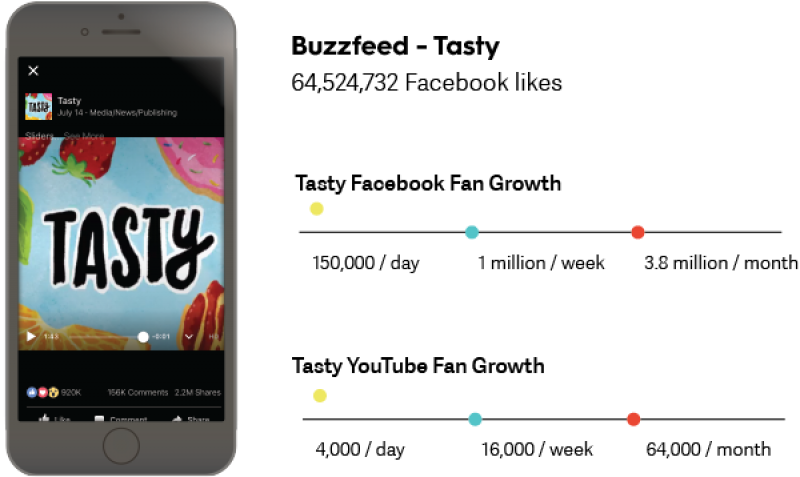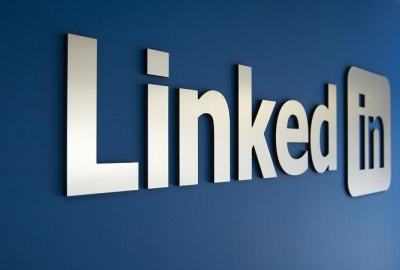Social Media
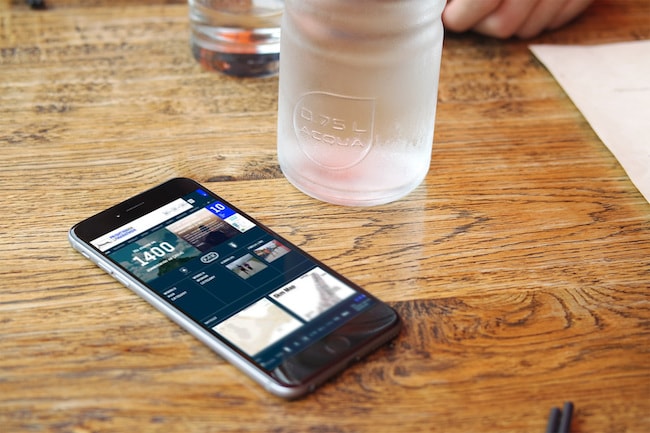
This article was written by NewsCred’s Ashley Karhoff.
07:24 | Aug 15 , 2016 | Ashley Karhoff -Social MediaWhere Will Social Media Users Go in 2017? (Infographic)
As social media networks continue to evolve at a breakneck speed, so does the demographic of users on the respective platforms. We looked at the data and pulled together current 2016 trends with early predictions about where social media users will go in 2017.
Key points
- Facebook isn’t dead, yet. Millennials are still on Facebook, they’re just using the platform in a different way than their older counterparts. Rather than sharing personal stories and updates, they’re sharing third-party content.
- Instagram ads bring big brand awareness. 97% of branded Instagram campaigns have generated a significant increase in ad recall. This is expected to grow even more as Instagram ad targeting becomes even more advanced.
- Video will dominate. Video content will be responsible for 85% of search traffic in the US by 2019. There is already a massive rise in video content, especially on Facebook.
- Snapchat might revolutionize ads. Leaked documents from the company show Snapchat is looking to capitalize on their large, young demographic. This includes image recognition technology to introduce a new round of advertisements that encourage users to share a brand’s message through user-generated content.
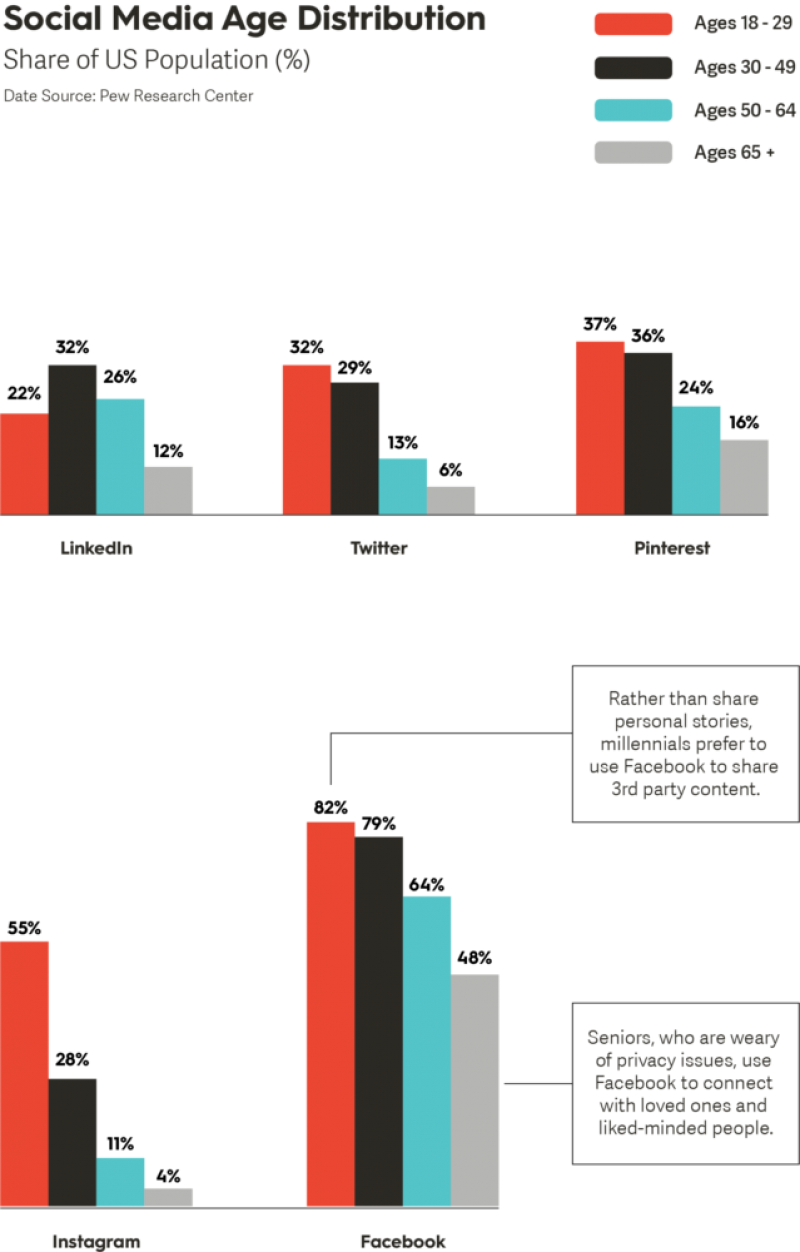
Facebook’s users are older, or are they?
The chart above illustrates five major social networks and the age distribution associated with each. Due to a lack of public statistics, Snapchat isn’t included in the above graph, but a plethora of information is given about them and their usage later in this post.
With 1.5 billion users each month, Facebook continues to dominate the social media landscape in terms of users and engagement, despite the rumors that millennials are leaving for more popular social networks. If fact, despite Facebook’s reputation for being a social network for the older generations, 82% of Internet users aged 18 to 29 are active on Facebook in the United States. The difference is that millennials are sharing less personal stories on Facebook, opting to do so where they feel they have more privacy, such as on Instagram or Snapchat. This doesn’t mean they aren’t sharing, though. In fact, millennials love to share content they find fun or interesting, such as Tasty’s cooking videos, some of which are watched over 80 million times.
However, We Are Social found that that some young people are leaving Facebook altogether to escape the constant stream of irrelevant marketing messages found in their feeds. This highlights that marketers should focus on telling stories worth sharing, and curating content their audience finds relevant without disrupting their digital experience.
Instagram ads bring big brand awareness
In 2017, Instagram ads will be on the rise. Since its launch in 2015, there have been over 500 global advertising campaigns on the platform, and Instagram now has 200,000 advertisers. In fact, eMarketer predicts Instagram ads will outsell Google and Twitter by 2017, earning the company $2.81 billion in advertising revenue, and Credit Suisse calculates the company will be worth $5.3 billion by the end of 2017.
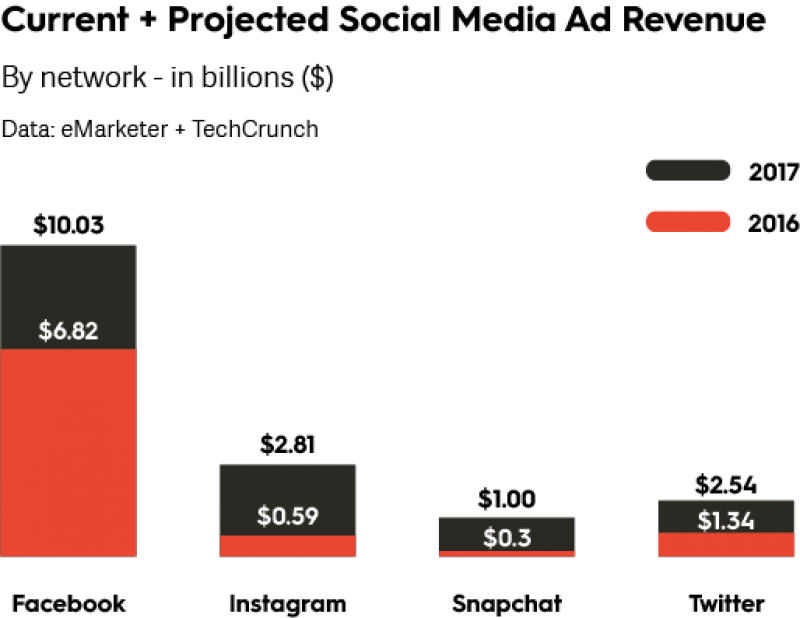
This anticipated demand is a result of Sheryl Sandberg, Facebook’s CEO, announcing that marketers will be able to use Facebook’s targeting tools on Instagram ads, including the Custom Audiences feature, to target campaigns to a specific audience segment.
For brands already using Instagram ads, 97% of their campaigns have generated a significant increase in ad recall. Combining this success with the anticipated Custom Audiences feature, brands can reach a smaller, more targeted audience – likely increasing the success of these campaigns and Instagram’s ad revenue along the way.
Rise in video content
According to a 2016 eMarketer report, there are significant growth expectations for video content ad spending over the next four years, increasing 184% from $9.9 billion in 2016 up to $28.08 billion by 2020. This makes video the fastest growing ad category, surpassing social media by 20%.
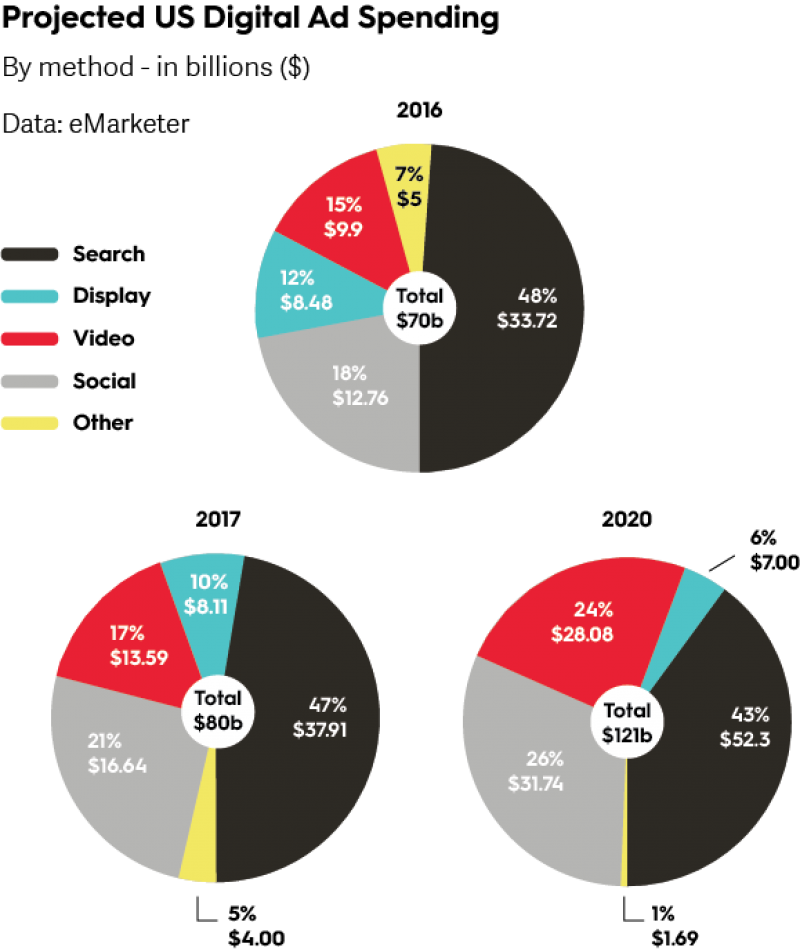
According to a 2016 Cisco report, by 2019 video will account for four-fifths of global search traffic and a whooping 85% of search traffic in the US, with 80% of global internet consumption being mostly video content. Facebook’s CEO Sheryl Sandberg estimates that in five years Facebook will be mostly video, and it’s already starting to look that way.
Consider this: Buzzfeed’s Tasty has over 64 million fans on Facebook, while their YouTube channel has less than 800k. This enormous level of engagement of video content is happening on a platform not traditionally know for video consumption, likely due the short nature of Facebook videos. Tasty’s most popular video, which received over 80 million views on Facebook alone, was less than two minutes long. Most of Tasty’s videos are between 1-2 minutes, just long enough to maintain viewers attention, and short enough to keep viewers around to watch more.
